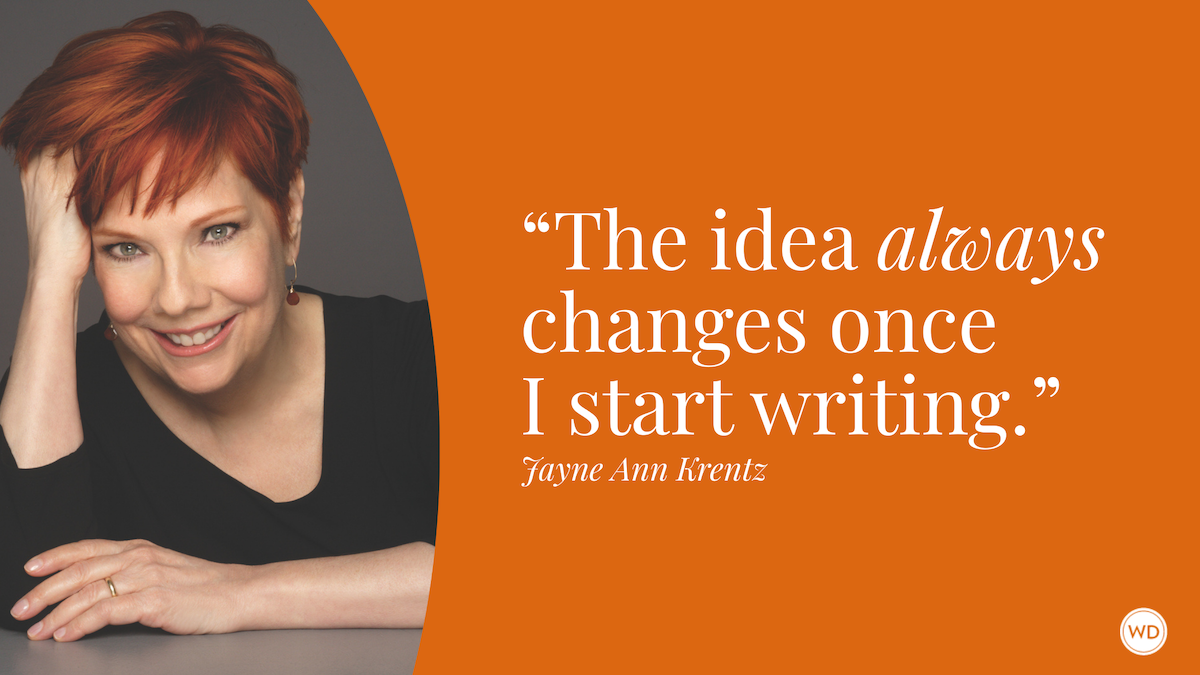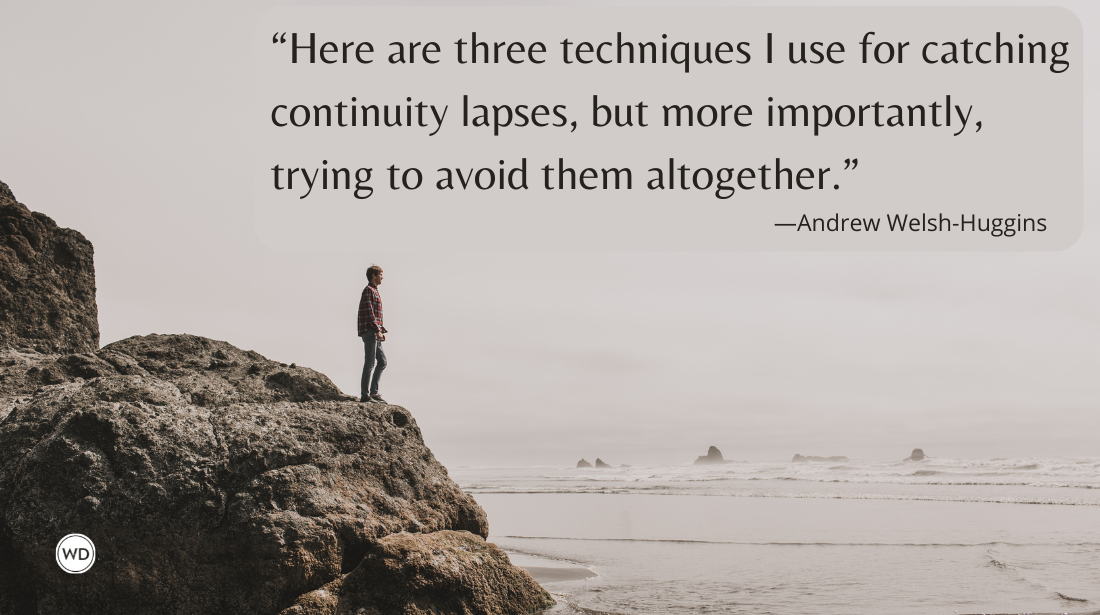How to Write What You Know – And Then Change the Story
A popular school of thought in writing is to write what you know. What if your life story isn’t nearly exciting enough to create an entire novel? Here’s how to get creative.
A popular school of thought in writing is to write what you know. This adage can ignite fear in the most ingenious writer. What if your life story isn’t nearly exciting enough to create an entire novel, let alone hope to sell thousands of copies of it? Having lost my childhood to domestic violence, I hesitated to follow this doctrine for my own reasons. Not only was I unwilling to share my history with the world but I abhorred the thought of filling pages with gratuitous violence. My good friend and editor, Benee, convinced me otherwise. She insisted it was a story I could tell.
Persuaded by her words, I re-purposed the emotions of my past and created a story. Fact surrounded by fiction. Dialogue intermingled with emotional charge. Characters I had never met but knew so well filled the pages. I walked a fine balance between truth and the tale. It was both cathartic and frightening to spill my secrets in a story in which the characters were hiding theirs. It was a story about what I knew. Trail of Broken Wings went on to be my first published novel.
1. Take an event or moment in your life as the starting point for a new story.
Focus on the action and then your reaction. The reactions - fear, jealousy, compassion, love, etc. - are the universal threads that will connect you to readers.
2. Give yourself the freedom to create.
Build a new world around the one you already know. For example, if your event is a life-changing miracle surgery, then transport the physician and patient to another country. Put the characters in a village with no medical supplies or hope for survival. Build a cast of personalities that become both allies and antagonists on the hero’s journey. The emotions are heightened and every reaction significant. One event – the surgery – takes on a new life when transplanted to a unique world.
3. If the characters feel too personal, change them up.
Give them a habit or personality trait that defies the norm. An astronaut who hates to fly. A nervous tick or obsessive-compulsive behavior. When I began writing Trail of Broken Wings my editor Benee asked me to write a five page biography of each character in detail. From their habits to their mannerisms. Worried they were too close to home I started playing around and gave them unique traits. Soon enough I had four new protagonists who were familiar but distinctive.
4. Don’t be afraid if the story ventures too close to the truth or very far from it.
Rely on the character’s journey and story arc to weed out events that don’t move the story forward. If a scene or interaction from your own life adds to the richness of the tale, don’t hesitate to include it.
5. Don’t try to recreate the complete event on paper.
Stick to one idea or concept learned and then develop the rest of the story. Use your imagination to transcend the event you are writing about. Call on all your skills as a writer to build a story around the moment. Paula Hawkins, author of the bestselling thriller Girl On The Train said in interviews that her inspiration for the story was her daily commute to London and seeing the backs of homes from the train.
6. Use the emotion from the event to energize your story.
Use your emotion as a guidepost. Hesitant to fill my story with repeated scenes of violence, I chose to focus on the aftermath of the abuse. The emotions – from acceptance to heartbreak - allowed the readers to extrapolate what the protagonists went through without me having to perseverate on the acts of cruelty.
7. Discover yourself in the process and then lose yourself in the tale.
First and foremost you are a writer and this is your story. Enjoy it.
A former attorney, Sejal Badani is a Washington Post and Amazon bestselling author, Goodreads Best Fiction Finalist and award winning screenwriter. She was an ABC/Disney Writing Fellowship and CBS Writing Fellowship Finalist. When not writing, she loves traveling and volunteers her time doing writing workshops at local schools.









